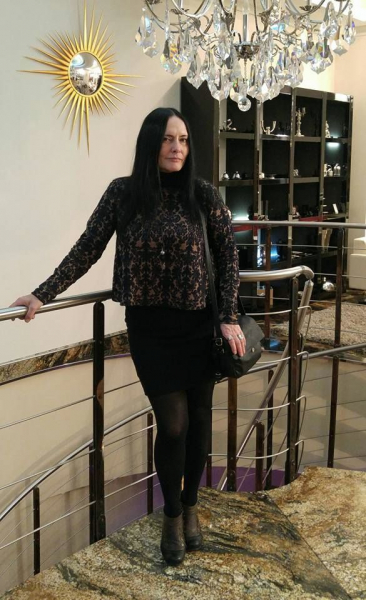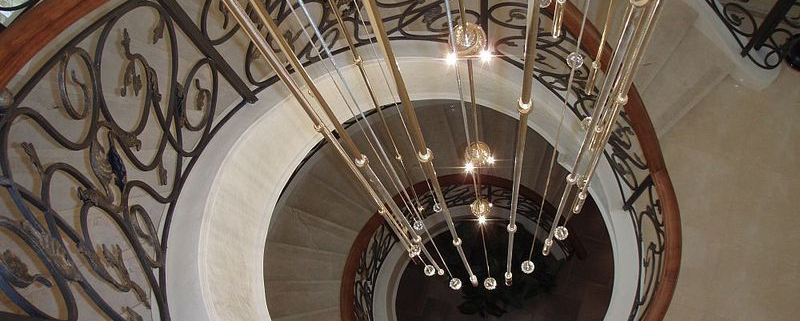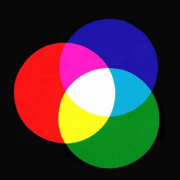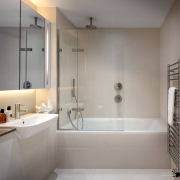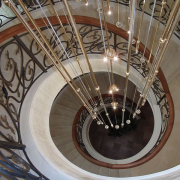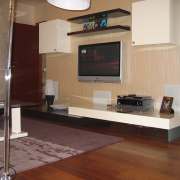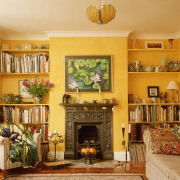Cold and warm colors in the interior
Color is the most important element of the interior. It is the color that first catches the eye and remains in our memory. It is noticed that the color reflects the personality of the owner of the apartment.
What color you choose for your interior will largely depend on whether your apartment or room will be cozy and warm or, conversely, cold and gloomy. To make the right choice, you need to know the basics of color theory.
There are three primary or primary colors: yellow, blue and red. By mixing them in different proportions, you can get absolutely any color. And if you mix them in pairs, you get three new secondary colors: green, purple and orange. By mixing the resulting colors again, you can get a “wheel” of primary colors with twelve sectors. And so on: you can give an infinite number of shades to any color by adding white and black colors to it in various ratios.
All twelve colors of the “wheel” can be divided into two groups: cold and warm colors. Cold colors range from purple to yellow-green, and warm colors range from yellow to red-purple.
Warm colors are also called “approximating”, because the surfaces painted by them visually seem closer than they actually are. If the walls in your room are painted in warm colors, then it looks warm, cozy and comfortable, but visually it seems smaller in size. On the contrary, the colors of the cold scale are called “removing”, because when using them in the interior, the room becomes larger and seems cold, and the walls and ceiling visually seem to move back.
It has long been known that the color scheme in the interior has not only a psychological, but also a physical impact on a person. It is noticed that the influence of colors depends on their saturation. For example, bright colors cause visual tension, and this, in turn, leads to excessive excitement and headache. These colors are very intrusive. That is why the brighter the color, the less it needs to be used in interior design, especially in the bedroom.
